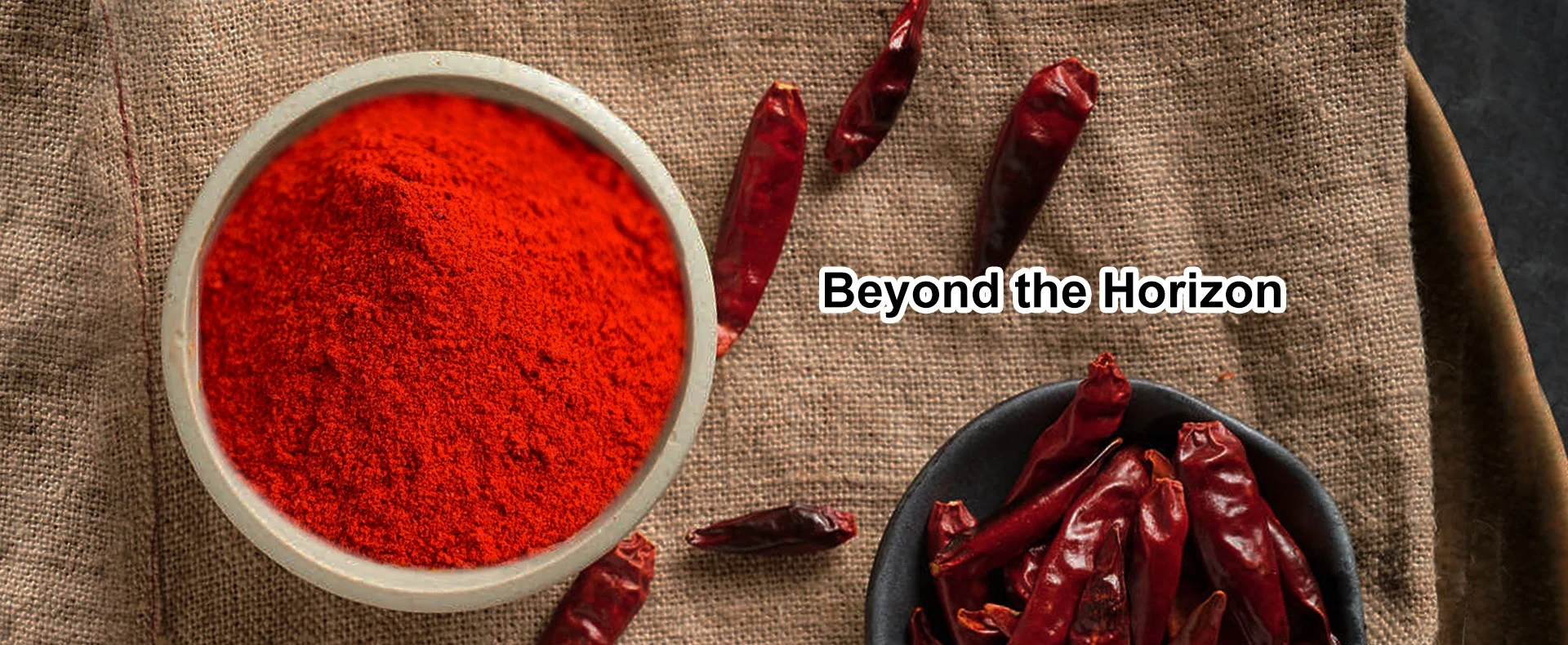- No. 268 Xianghe Street, Economic Development Zone of Xingtai city, Hebei 054001 China
- Byron@hbhongri.cn
capsicum annuum paprika
The Capsicum Annuum Understanding Paprika and Its Rich Heritage
Capsicum annuum, commonly known as paprika, is more than just a spice; it is a symbol of culinary tradition and health benefits that has journeyed through history, shaping various cuisines around the globe. This particular species of pepper is native to Central and South America, but its cultivation and popularity have spread to Europe, Asia, and beyond, where it has become a staple in many households and restaurants.
Origins and History
The history of Capsicum annuum traces back to ancient civilizations. Archaeological evidence suggests that peppers were cultivated in the Americas as early as 5,000 years ago. When Christopher Columbus arrived in the New World, he discovered various forms of capsicum peppers, including what we now classify as paprika. His introduction of these vibrant spices to Europe in the late 15th century marked the beginning of a significant culinary evolution.
In Spain, the adoption of paprika was met with enthusiasm, leading to the development of different cultivars. Spanish paprika, or pimentón, is known for its rich flavors and comes in three primary varieties sweet, bittersweet, and hot. Its use became synonymous with Spanish dishes, particularly in famous recipes like chorizo and paella, where it adds depth and color.
Culinary Uses
Capsicum annuum is celebrated not just for its flavor but also for its versatility. Beyond Spanish cuisine, it has found a rightful place in dishes across the globe. In Hungarian cooking, sweet paprika is a crucial ingredient in goulash, imparting a distinctive red hue and a hint of sweetness that balances out savory elements. Many Central and Eastern European cuisines also showcase paprika, embracing it in soups, stews, and sauces, allowing the pepper’s unique taste to shine.
capsicum annuum paprika

The spice's bright color and agreeable flavor profile have earned it a coveted spot in spice racks worldwide. From garnishing deviled eggs to enhancing the profiles of barbecue rubs, paprika's role in modern cooking is indispensable. Its ability to complement a wide array of foods—from meats to vegetables—makes it an invaluable ingredient for chefs and home cooks alike.
Nutritional Benefits
In addition to its culinary appeal, Capsicum annuum offers several health benefits. Paprika is rich in antioxidants, particularly carotenoids like beta-carotene, which the body converts into vitamin A. This essential vitamin plays a vital role in eye health and immune function. Additionally, paprika contains capsaicin, the compound found in many chili peppers that can impart a sense of heat but also offers anti-inflammatory properties.
Moreover, paprika is a source of several vitamins and minerals, including vitamin E, vitamin B6, and potassium. The spice has been linked to various health benefits, such as improved circulation and reduced blood pressure levels, making it not just a flavor enhancer but also a potential ally for overall well-being.
Conclusion
The world of Capsicum annuum, particularly in the form of paprika, is a testament to how food can transcend geographical boundaries and cultural differences. Its rich history, diverse culinary applications, and notable health benefits make it a fascinating subject worth exploring. Whether you're sprinkling it on a dish for vibrant color and flavor or embracing it as part of a healthy diet, paprika continues to be a beloved spice that adds warmth and depth to our meals.
As we continue to discover new recipes and culinary innovations, the legacy of Capsicum annuum endures, reminding us of the beautiful connections between food, culture, and health. Whether you’re a gourmet chef or a casual cook, paprika opens doors to a world of flavor, inviting everyone to spice up their culinary adventures.
-
The Versatile Uses and Benefits of Capsicum Frutescens Oleoresin and ExtractsNewsJun.03,2025
-
Paprika&Chili Products Enhancing Flavor and Wellness in Every BiteNewsJun.03,2025
-
Paprika Extract and Capsicum Applications in Food and IndustryNewsJun.03,2025
-
Exploring the Benefits and Uses of Turmeric Powder and Curcumin ExtractNewsJun.03,2025
-
Discover the Bold Flavor of Premium Chilli Powder from ChinaNewsJun.03,2025
-
Capsicum Oleoresin Extract: A Potent Natural Ingredient in Modern ApplicationsNewsJun.03,2025







